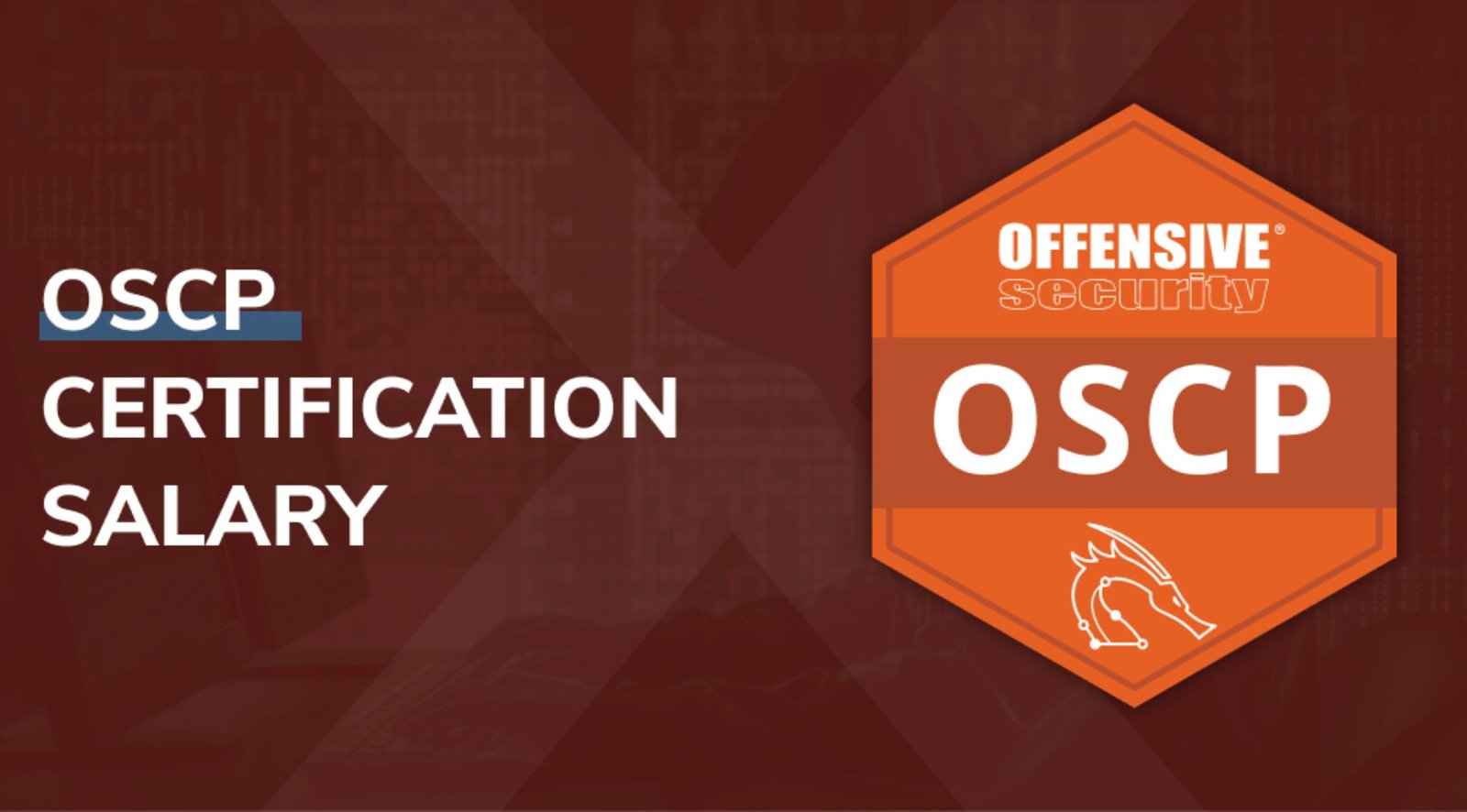So, you’ve got your sights set on the OSCP Certification? Good on you! If you’re even remotely interested in ethical hacking, penetration testing, or working your way into the cybersecurity hall of fame, then you’ve probably heard whispers (or war cries) about OSCP. This beast of a certification is more than just another line on a résumé. It’s a rite of passage. The OSCP (Offensive Security Certified Professional) exam isn’t about memorizing tools or regurgitating buzzwords. Nope! It’s about rolling up your sleeves, getting your hands dirty, and proving that you can walk the talk in the trenches of cybersecurity.
What is OSCP Certification, Really?
The Backstory
Let’s get this straight from the get-go. The OSCP Certification is offered by Offensive Security, a leading name in cybersecurity training. It’s the flagship credential from their PWK (Penetration Testing with Kali Linux) course.
While other certifications often focus on theoretical knowledge, OSCP flips the script. It challenges candidates to perform actual penetration testing in a controlled environment—no multiple-choice nonsense here!
Here’s what you’re signing up for:
- One intense exam. 24 hours of live hacking on real-world machines.
- A lab environment. You get access to a massive lab with over 50 machines for practice.
- A report. After the hands-on work, you must submit a professional-grade penetration testing report.
Why the OSCP Certification Turns Heads
Street Cred in the Cyber World
Let’s not beat around the bush—this cert has clout. Hiring managers, Red Teams, and InfoSec nerds alike all recognize it. Why? Because it proves you’ve got:
- Hands-on skills that go beyond theory.
- Dedication and grit to survive the exam.
- The mindset of a hacker, not just a button-clicker.
A Foot in the Door
Want a job in cybersecurity? OSCP might just be your golden ticket. Many job postings for roles like “Penetration Tester,” “Red Teamer,” or “Cybersecurity Analyst” include OSCP as a preferred (or even required) qualification.
What You’ll Learn with OSCP Certification
The Core Curriculum
The PWK course isn’t just about hacking for fun. It gives you a structured, deep-dive learning experience. Here’s a sneak peek at the core topics:
- Information Gathering – Who, what, when, where, and why of your target.
- Vulnerability Scanning – Tools like Nmap, Nikto, and OpenVAS.
- Buffer Overflows – Yes, even Windows buffer overflows!
- Privilege Escalation – Getting from “guest” to “root.”
- Client-Side Attacks – Social engineering and more.
- Web Application Attacks – XSS, SQLi, LFI, RFI, you name it.
- Post-Exploitation – Keeping access and exfiltrating data.
All of this is packaged in their 850+ page PDF, plus videos and lab time.
Inside the OSCP Exam: What’s It Like?
24 Hours of Digital Combat
The exam is legendary. Picture this: you’re given access to five machines. You must hack into each one and gather proof—like a “flag” hidden in a directory. Points vary per machine, and you need 70 out of 100 points to pass.
But wait, there’s more!
After the exam, you’ll need to write and submit a report, detailing every step, screenshot, and command used. If you skip this part or do it poorly, say goodbye to your chances.
Pro Tips:
- Don’t underestimate the report—many fail due to weak documentation.
- Time management is everything. Don’t burn out too early.
- Take breaks. Yes, even in a 24-hour exam, your brain needs rest!
Is OSCP Right for You?
Do You Love a Challenge?
This isn’t a beginner’s cert. While Offensive Security doesn’t enforce prerequisites, you’re expected to know:
- Linux basics and bash scripting.
- TCP/IP networking concepts.
- Experience with Kali Linux.
- Some coding/scripting (Python or Bash especially).
If you’re nodding along, you’re in the right place. But if you’re totally new to tech, OSCP might be biting off more than you can chew—at least for now.
You Don’t Need to Be a Genius…
…but you do need to be persistent. Failing on the first try is more common than you think, and there’s no shame in it. The real test is whether you get back up and keep grinding.
How to Prepare for the OSCP Certification Like a Boss
Tips, Tricks, and Tools
Want to boost your chances of passing on your first go? Follow these:
1. Master the PWK Lab
- Treat it like your gym. Lift those vulnerable machines.
- Try to root at least 40+ boxes before even thinking of the exam.
2. Practice Buffer Overflows
- The exam will include a buffer overflow challenge.
- Know your way around tools like Immunity Debugger and Mona.py.
3. Try HackTheBox or VulnHub
- These platforms are OSCP goldmines.
- Look for machines tagged “OSCP-like.”
4. Document Everything
- Build the habit now so the exam report feels like second nature.
5. Don’t Rely on Tools Alone
- Learn the manual techniques too. Anyone can run Metasploit; not everyone can do it the hard way.
The Mental Game: Grit, Not Just Git
Overcoming Burnout
Studying for OSCP can drain you faster than a vampire in a solar panel store. You’re not just learning—you’re grinding. You’re failing. You’re doubting yourself.
But here’s the kicker: that’s part of the journey.
The OSCP motto is “Try Harder.” And man, they’re not kidding. You’ll Google until your fingers hurt. You’ll pull your hair out over that one exploit that just won’t work.
And eventually, you’ll break through—and it’ll be glorious.
Conclusion
If you’re serious about cybersecurity, love breaking things (legally), and aren’t afraid of a challenge that’ll push you to the brink—then yes, OSCP Certification is for you. Sure, it’s tough. But it’s also incredibly rewarding. You’ll not only learn valuable skills, but also prove—to yourself and the industry—that you can hold your own when it comes to offensive security. You’ll emerge from this journey not just with a certificate, but with grit, confidence, and a whole new hacker mindset.

Leave a Reply